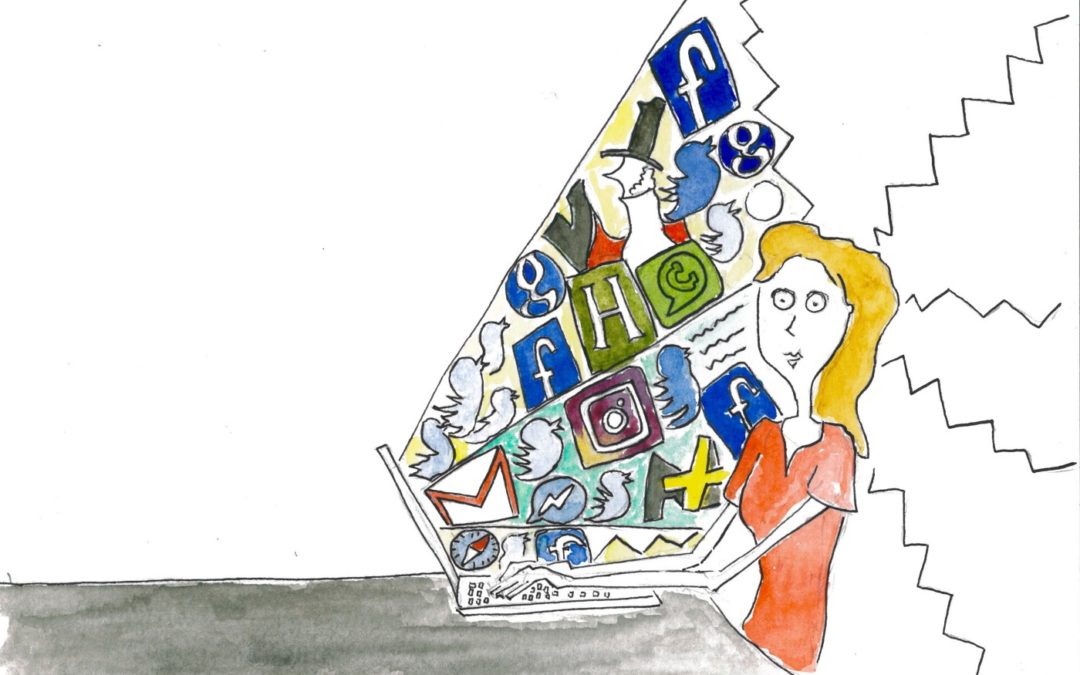LESSONS LEARNED FROM ITALIAN COVID-19 EMERGENCY
–
The Italian information system has provided a huge amount of coverage on the coronavirus emergency. An involuntary infodemic that has made research of reliable information more difficult (1).
University of Roma Tre has shown that even the level of online interactions on the coronavirus has also reached record numbers (2). An infobesity that affected other countries during the covid-19 emergency.
Nevertheless, Italy has had to face two additional problems.
The first was the overlapping of communication sources providing official information on the pandemic.
Italian regions plays a key role in the National Health System (3). Due to the wide managerial and financial autonomy of Italy’s 21 different regions, there are 21 health systems with disparities that are sometimes very accentuated.
This double level of health government produced a double level of crisis communication.
For example, from the beginning of the pandemic, the Civil Protection held a press conference every day at 6.00 pm to inform public opinion about the development of the crisis. Every day, just 30 minutes before, even the Lombardy region held a press conference to communicate the state of the pandemic in the most affected Italian region. The major television broadcasting network covered both events.
A double communication level which, due to its temporal overlap and because of the common institutional matrix, has been an obstacle to the centralization of crisis communication. An essential measure to guarantee the effectiveness of the message in emergency contexts.
To this element a second must be added.
For decades, Italy has shown a level of mistrust towards political institutions which is reflected in a chronic distrust of official institutional channels (4). Mistrust that pushes citizens to look for “alternative” sources of information rather than the institutional ones. Favouring, in the context of a pandemic, the spread of anti-scientific theses and conspiracy theories.
These elements help to explain why, the infodemic in Italy has taken on deeper characteristics than elsewhere.
Notes:
“Infobesity Epidemic”, the image used in this arrticle, is curtesy of illustrator Layli Foroudi.
(1) See research of kantar.com/media.
(2) According to WHO Italy’s NHS is second best in the world after the French health service for efficiency and accessibility to public care: https://www.repubblica.it/tecnologia/2020/03/21/news/coronavirus_in_italia_e_europa_record_di_notizie_sul_web_ma_germania_e_spagna_sembrano_averlo_sottovalutato-251880680/
(3) Margherita De Bac, Sanità, nella classifica mondiale Italia battuta solo dalla Francia, in Corriere della Sera, 20 giugno 2000.
(4) https://ec.europa.eu/eurostat/web/products-eurostat-news/-/EDN-20200307-1

